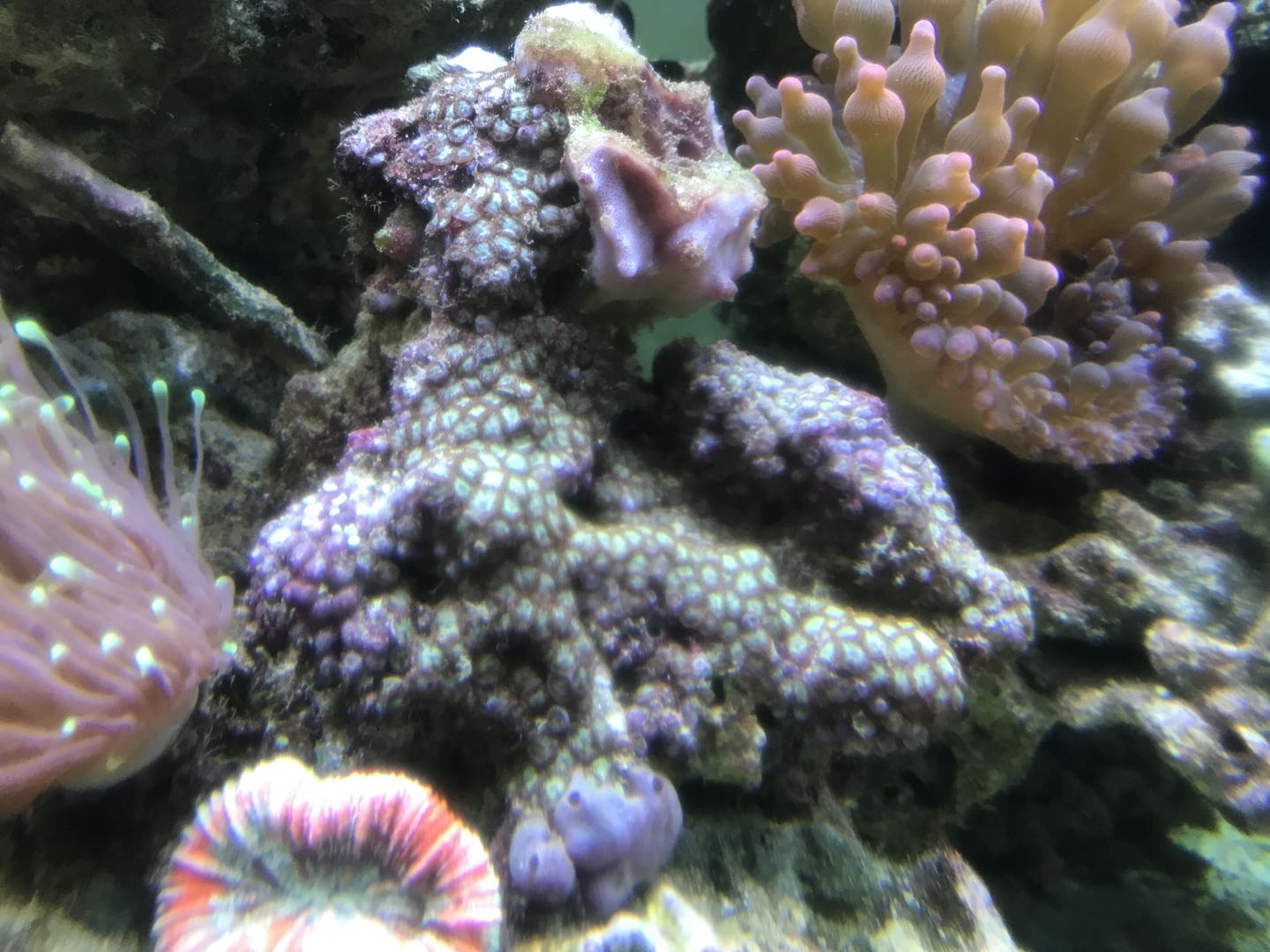Microplastics are a growing environmental concern, and the effects of this waste product on coral are highlighted in research published in Chemosphere from an international team of researchers including UConn marine science professor Senjie Lin.
Plastic discarded into the environment breaks down into smaller and smaller fragments, called microplastics once they measure less than five millimeters. Microplastics are widespread throughout the environment and are ingested by animals at all levels of the food web, starting from the smallest organisms all the way to apex predators, including humans.
Plastics contain hazardous compounds such as bisphenol A (BPA), flame retardants, and other known carcinogens or endocrine disruptors. Plastics can also easily absorb toxins from the environment, such as trace metals and organic pollutants like PCBs.
In marine environments, very small animals such as protists, phytoplankton, and others are also subject to the detrimental impacts of microplastics, which presents a significant problem for coral, which rely on symbiotic relationships between different organisms, says Lin.
“Coral ecosystems are very collaborative,” he says. “Corals are invertebrates who rely on algae who live inside the corals and photosynthesize energy-rich and nutritional compounds for the corals. The algae in turn receive nutrients from the corals’ metabolic wastes. It is a very mutualistic system.”
Beyond the collaboration between coral and endosymbionts, corals provide habitat for a stunning array of marine life, says Lin.
“They are the most biodiverse ecosystems in the ocean,” he says. “They are an extremely valuable biological resource.”
Unfortunately, these ecosystems face large and growing threats, including global warming, pollution, and physical destruction from human activities.
Lin and his fellow researchers wanted to explore the effects of microplastics on a common tropical coral reef dweller. The researchers looked at specific endosymbionts called Symbiodiniaceae because they are the most prevalent photosynthetic symbionts in coral ecosystems in tropical and subtropical waters. The species of Symbiodiniaceae they focused on is called Cladocopium goreaui.
The team started by rearing the algal cells and divided them into groups. Then some of the algae were exposed to microplastics.
After about a week, the group exposed to microplastics experienced significant reduction in population size as well as cell size, even though chlorophyll content increased slightly relative to the control group, the latter of which might be due to the shading effect of the microplastics.
The team also measured the activities of enzymes related to stress response and detoxification within the cells.
The researchers noticed elevation in a component called superoxide dismutase (SOD), and a significant decrease in glutathione s-transferase (GST). The team also found that a key enzyme in signaling cell death or apoptosis was raised. These changes raise cell stress levels and depress the cell’s ability to detoxify itself, both culminating in declines in the health of the algal cells exposed to microplastics.
The researchers also looked at differences in gene regulation between the groups. They found 191 genes that were differentially expressed, including genes related to immune function, photosynthesis, and metabolism. The gene regulation data showed that microplastics can act as stressors, impact nutrient uptake, suppress cell detoxification activities, impact photosynthesis, and increase the chances a cell will self-destruct.
“The emerging pollutant of microplastics are found to effect coral health and have a direct effect on the endosymbiont after they are exposed to microplastics,” says Lin.
This is particularly troubling, as Lin notes that world-wide, coral reefs have already seen a nearly 50% decline.
“This is a major loss and it is predicted that we will continue to lose 90% by 2050 if we do not do anything to slow the loss,” he says. “This is a grave issue and we need to act fast.”
Going forward, Lin says he plans to research the effects of microplastics on phytoplankton, the primary producers in the ocean, as well as continuing to research how corals are impacted.
“Phytoplankton are at the base of the marine food chain, if they are effected there is potential that the entire food chain and whole marine ecosystem will experience the impact,” he says.
Lin says that since microplastics persist for so long in the environment, the best thing individuals can do right now is minimize the use of plastic in our daily lives. Microplastics are not a problem that will go away any time soon, but Lin is confident that minimizing the use of plastic it will have a direct impact on better preserving the environment.
“I am quite optimistic, though the current situation is pretty dire,” he says. “Through the course of history, corals have gone through dire climate and environmental changes like today, even worse in some cases. The only thing right now is the environmental changes are happening faster than historical or natural processes, we are not giving the corals enough time to adapt. If we take action now to slow or stop interference to the environment, there is hope.”



